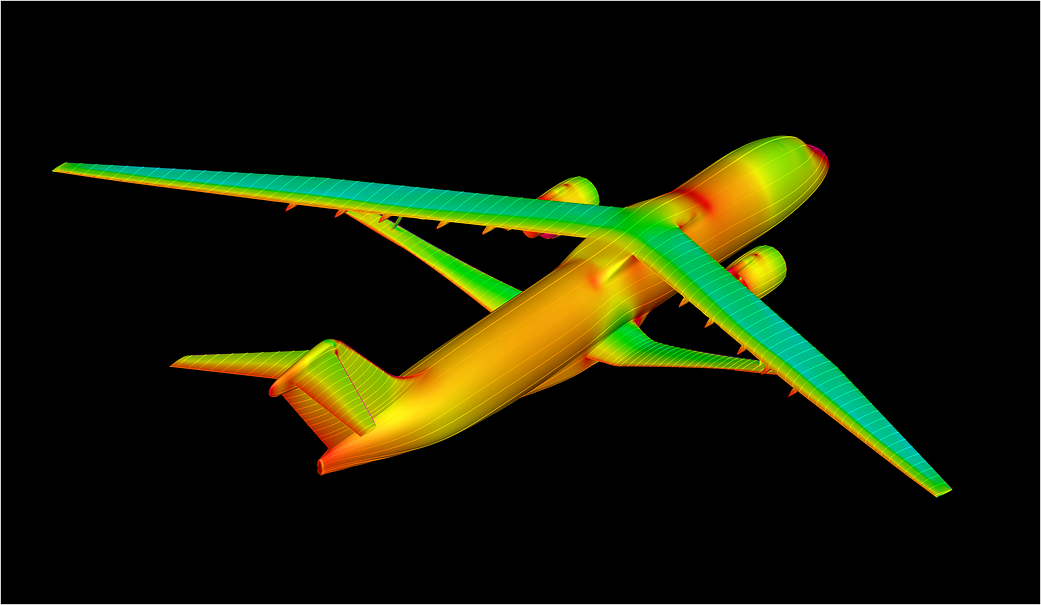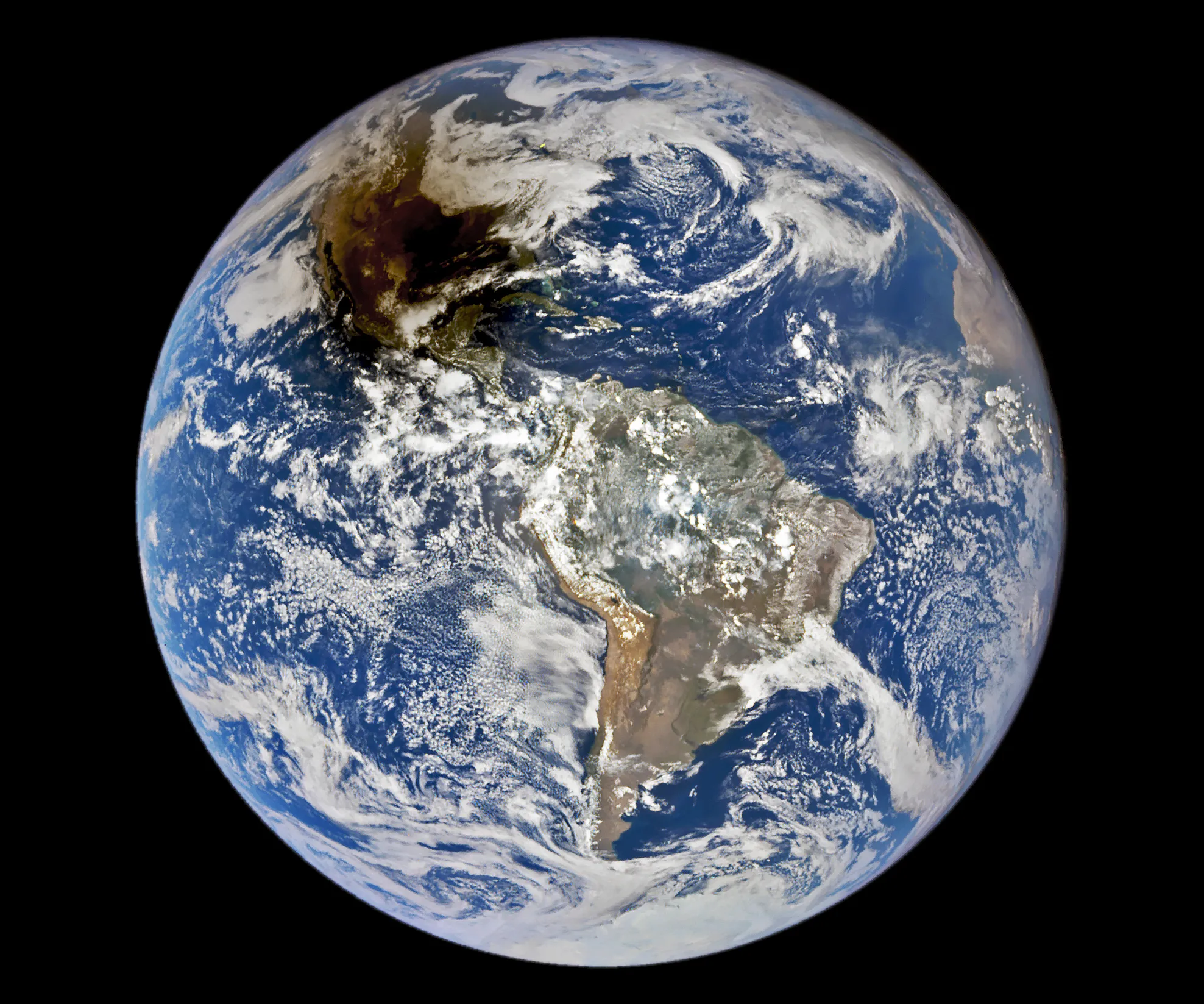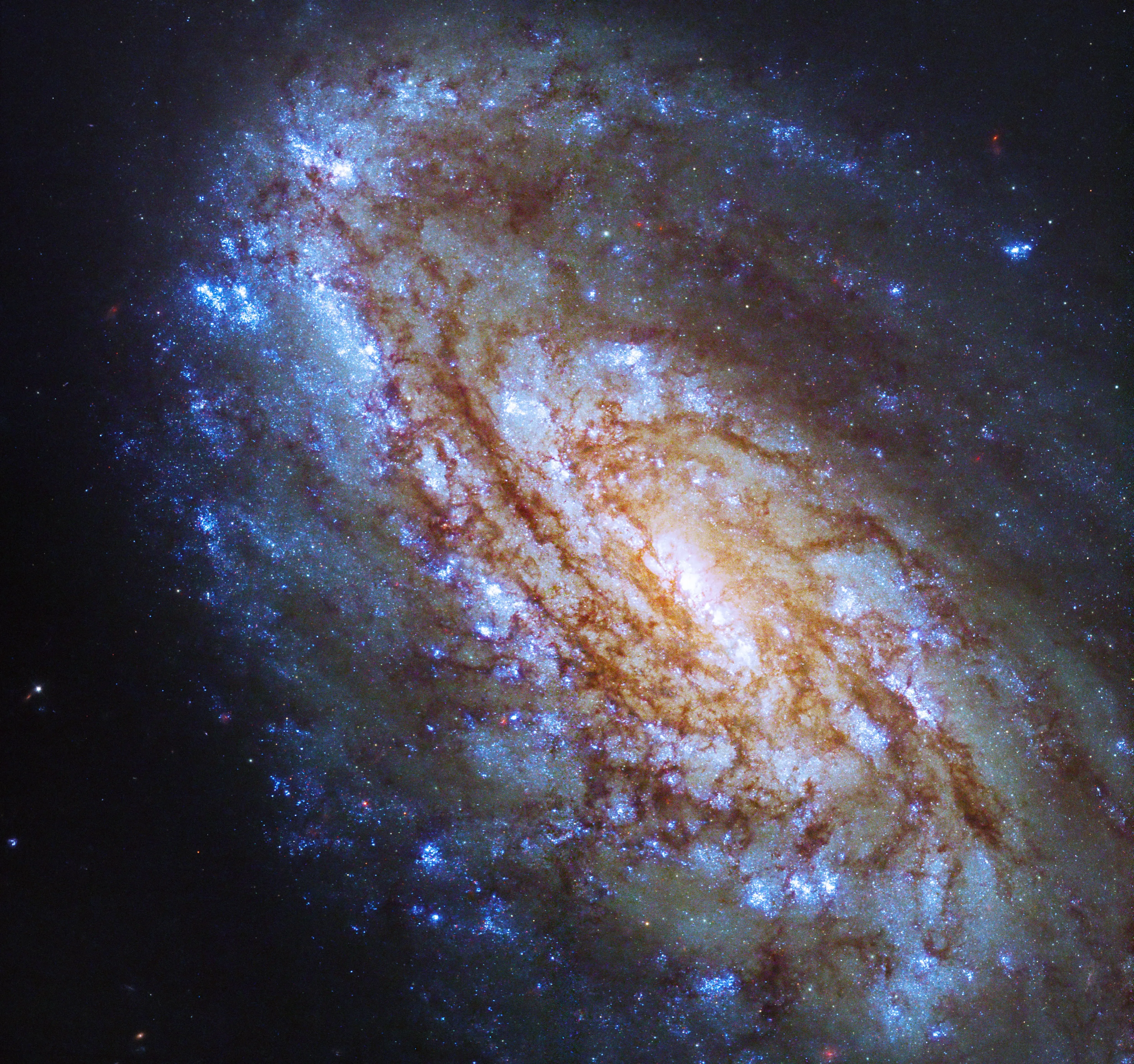NASA and industry partners are working towards a future that sees aviation meet cleaner sustainability standards.
To that end, new designs for the airplanes of tomorrow, such as the Transonic Truss-Braced Wing (TTBW) concept shown in this image from 2021, are being tested by researchers and engineers. The TTBW is essentially a classic tube-and-wing passenger aircraft whose wings are extremely long and thin – so much that they need a little help to hold them up. By narrowing the thickness of the wings and extending their length, drag is reduced, and 5-10 percent less fuel is burned than comparable narrowbody aircraft. This image was created using data from a computational fluid dynamics simulation – essentially a virtual wind tunnel test. The red and orange areas represent higher drag, and the green and blue areas represent lower drag. Note the beautifully sleek green-blue color of the wings – the colors of Earth.
Image Credit: NASA/Craig Hunter
Text Credit: John Gould, Aeronautics Research Mission Directorate
NASA和行业合作伙伴正在努力实现航空业符合更清洁的可持续发展标准的未来。
为此,研究人员和工程师正在测试未来飞机的新设计,如上图所示的2021年的跨音速桁架支撑机翼 (TTBW) 概念飞机。TTBW本质上是一种经典的管式机翼客机,其机翼又长又薄——以至于它们需要一点帮助才能支撑起来。通过缩小机翼的厚度并延长它们的长度,可以减少阻力,并且比同类窄体飞机节省5%至10%的燃料。该图像是使用来自计算流体动力学模拟的数据创建的——本质上是一个虚拟风洞测试。红色和橙色区域代表较高的阻力,绿色和蓝色区域代表较低的阻力。请注意翅膀美丽光滑的蓝绿色——这是地球的颜色。
图片来源:NASA/Craig Hunter
文字来源:John Gould, Aeronautics Research Mission Directorate



